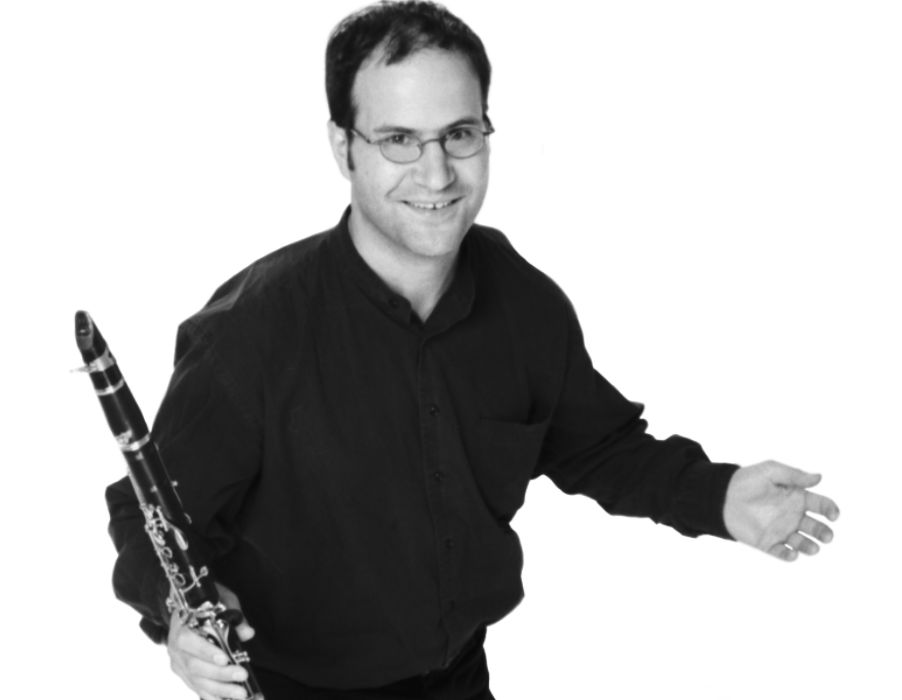Looking for the perfect after-Easter concert? You won’t beat the LA Chamber Orchestra playing Mozart and Brahms
The Los Angeles Chamber Orchestra (LACO) has been proclaimed “America’s finest chamber orchestra” (Public Radio International), “LA’s most unintimidating chamber music experience” (Los Angeles Magazine), “resplendent” (Los Angeles Times) and “one of the world’s great chamber orchestras” (KUSC Classical FM).
The 2017-18 season marks LACO’s 50th anniversary. Its new “In Focus” series aims “to provide insights into the chamber music repertoire through the lens of LACO artists in an intimate setting.”
Curated by Concertmaster Margaret Batjer, LACO artists will serve as “musical tour guides” through the pieces, and NPR’s Renée Montagne will lead a short post-concert discussion.
In April, the series will highlight two sublime chamber works: Mozart’s “Quintet in A Major for Clarinet and Strings” (1789) and Brahms’ “Clarinet Quintet in B Minor” (1891). A clarinet quintet is a work composed for one clarinet and a string quartet.
The concerts will take place at 7:30 p.m. on Wednesday, April 4, 2018, at The Huntington Library and Gardens in San Marino, and at 7:30 p.m. on Thursday, April 5, 2018, at the Moss Theater in Santa Monica.
Both will feature Joshua Ranz, principal clarinet of LACO and also of the New West Symphony.
Raised in New York, Ranz and his wife, the oboist Lelie Resnick, met while both were playing for the Honolulu Symphony.
They moved to LA in 1999. Since then, Ranz has been hailed by the Los Angeles Times for his “stunning artistry.” He performs regularly with the LA Philharmonic and has recorded more than 100 soundtracks for leading Hollywood composers.
Preparing for our interview, I did a little research. The clarinet is said to have been invented around 1700 by German instrument maker J.C. Denner, I learned. It was based on the “chalumeau,” a Renaissance shepherd’s instrument with a range of but a single octave.
But what really fascinated me was the fact that Ranz is married to an oboist. So straightaway after getting him on the phone I asked, “So is there a certain personality attached to certain instruments?”
“I’d say oboists — I do think my wife is an exception — can tend to be a bit uptight, and with good reason,” he said. “Oboists are obsessed with finding the right reed. We clarinet players, with a single-reed instrument as opposed to their two, are just partially obsessed.”
“There’s a whole process,” he added. “The reed is made from the cane of a very special kind of bamboo grown mostly in the south of France. The reed has to be cut, shaped and vamped with a very sharp knife, so it’s thinner at the tip. It has to be balanced on the mouthpiece perfectly so as to be even on both sides.”
Then there’s the matter of breaking in. Reeds change over time and with use. They have to be wet to vibrate but they can also oversaturate.
“So it’s a very complex process, a kind of curing,” he said. “You have to play with a particular reed a little bit every day for a couple of weeks in order for it to be stable enough to be used for a whole concert.”
And that’s just reeds! Never mind embouchure, fingering, blowing and pressure. I thought of the lifetime of discipline that is required to bring the rest of us an evening’s consolation and delight.
“Most of us LACO musicians also play for the motion picture industry. But the opportunity to play chamber music concerts, I think, is the most fulfilling part of many of our careers,” he said.
“We’re given a chance to express levels of nuance that we wouldn’t necessarily in other musical environments,” he added. “My colleagues will often make sacrifices of their time and commitments in order to play chamber music because the experience is so special.
“The clarinet itself as an instrument has a very intimate, introspective quality to it, as do the string instruments. The music we select also tends to have an intimate feel, especially the Mozart and Brahms clarinet pieces we’ve chosen for this concert.”
Both were written late in the composers’ lives, and both for specific clarinet players. Mozart’s is usually played on an A clarinet, one of the standard clarinets in use today.
“But as an added note of interest,” said Ranz, “I’m playing the Mozart on a very unique instrument that’s called a basset clarinet. It’s a lower extended version of the regular clarinet with a few extra notes at the bottom. Mozart wrote for this instrument, but the instrument doesn’t exist anymore as it did back then. So it’s been reconstructed.”
Neither does the original score exist. After Mozart’s death, his wife suspected Anton Stadler, the clarinetist for whom the piece had been written, of pawning it.
“So we have to extrapolate from the transcriptions that were done on the regular clarinet as to what we think Mozart had intended for this extended instrument,” he said. “We’re actually making significant decisions about what notes to play.”
Musicologist Kai Christiansen said of Mozart’s larghetto: “Here is the Mozart of ineffably delicate beauty glowing with an aura that feels to be no less than divinely inspired.”
Reviewer Ilya Oblomov described the Brahms quintet as the composer’s “yearning commentary on the end of each of our lives … music at its most universal, most profound.”
The perfect concert, in other words, the week after Easter, during which to ponder the crucifixion and Resurrection.

